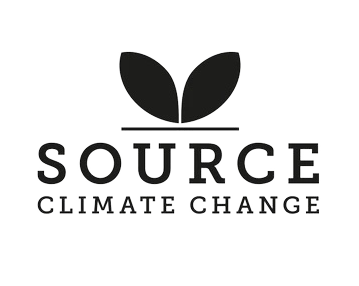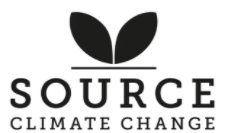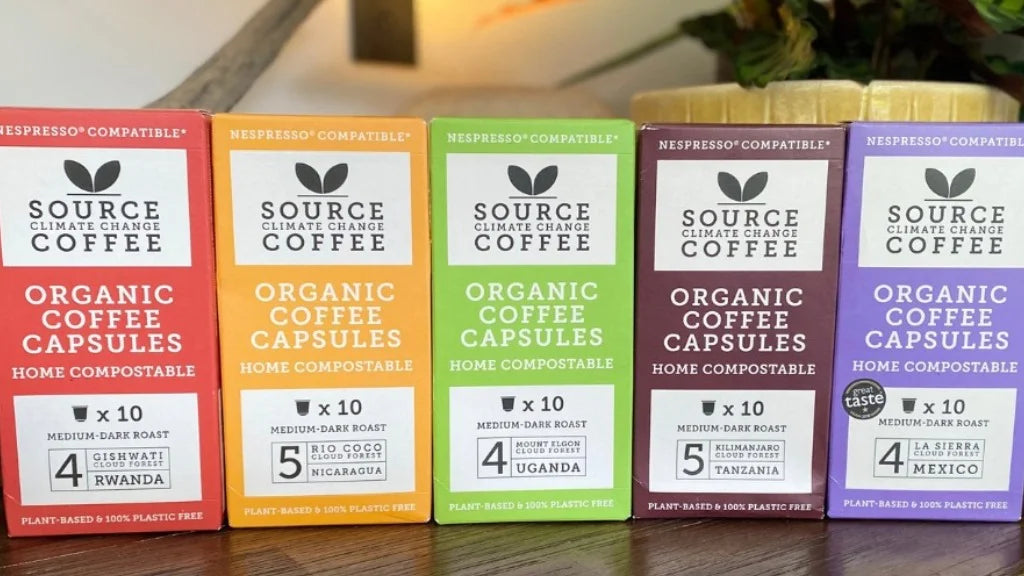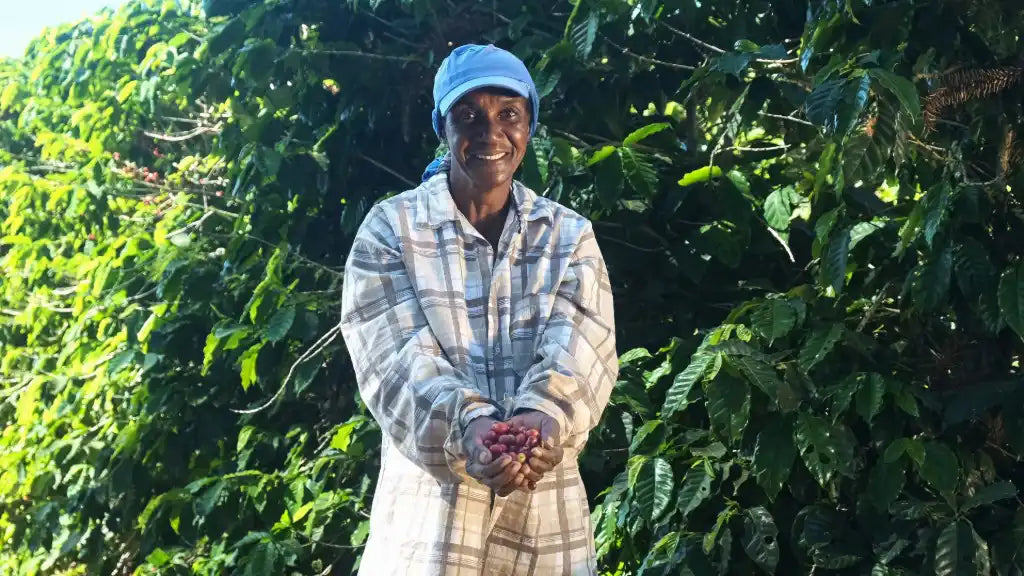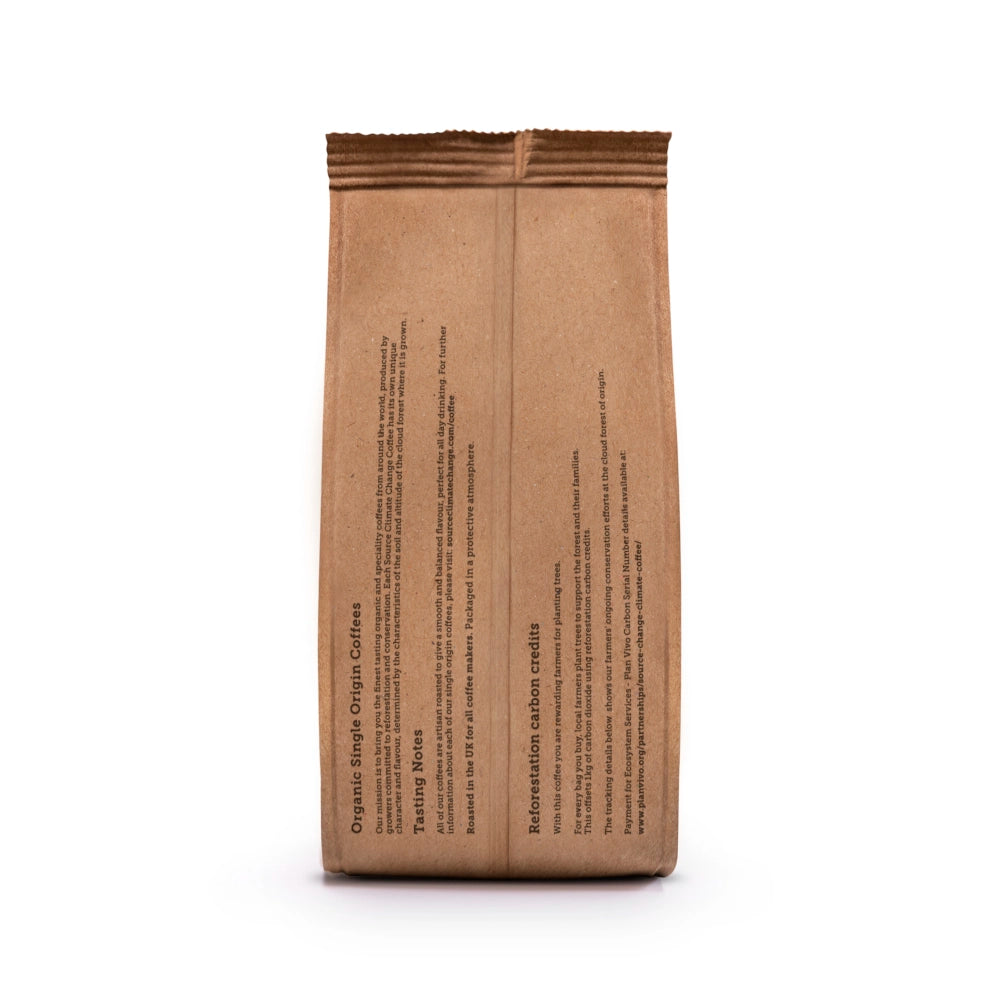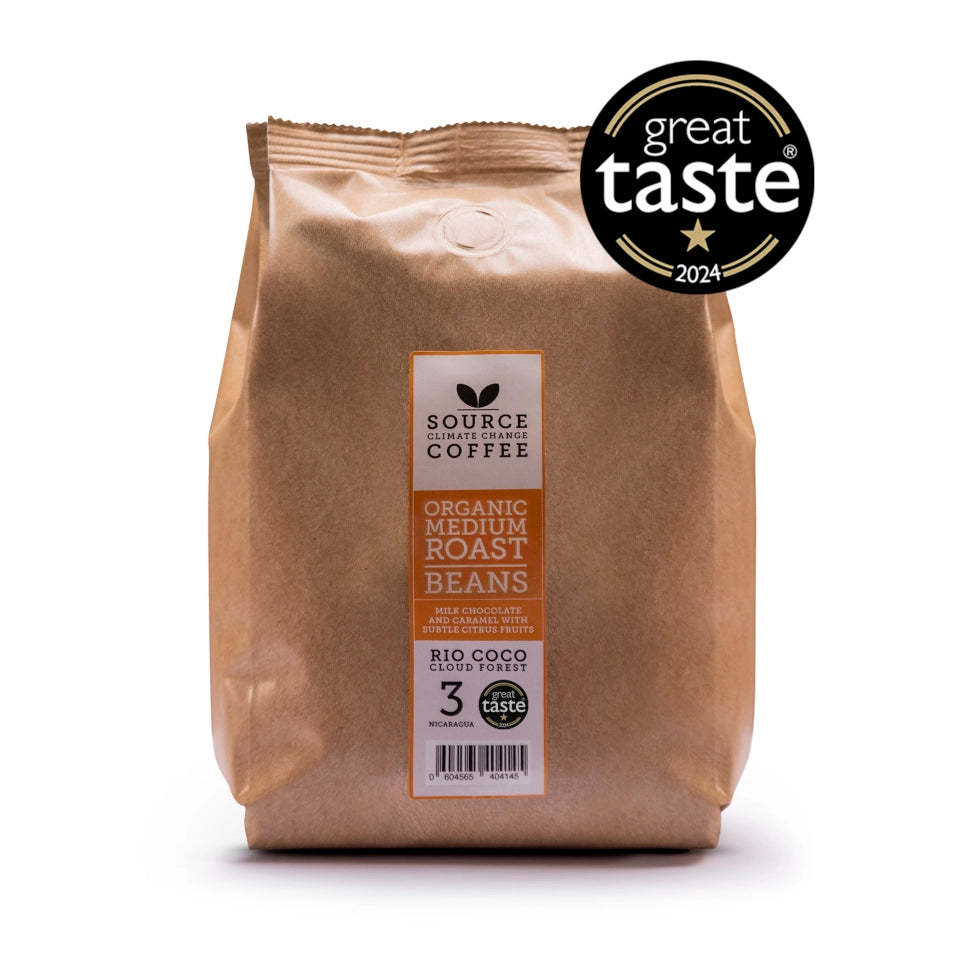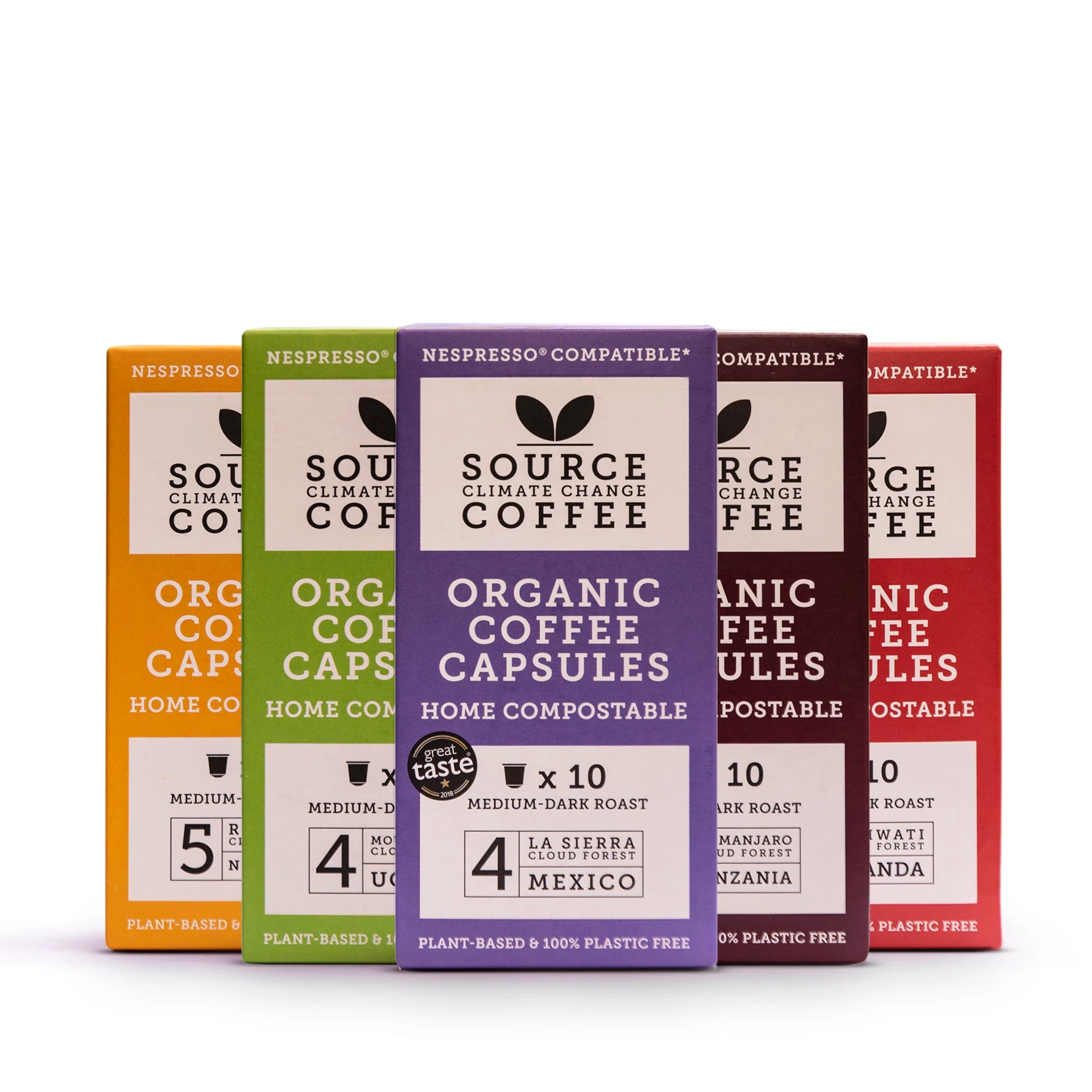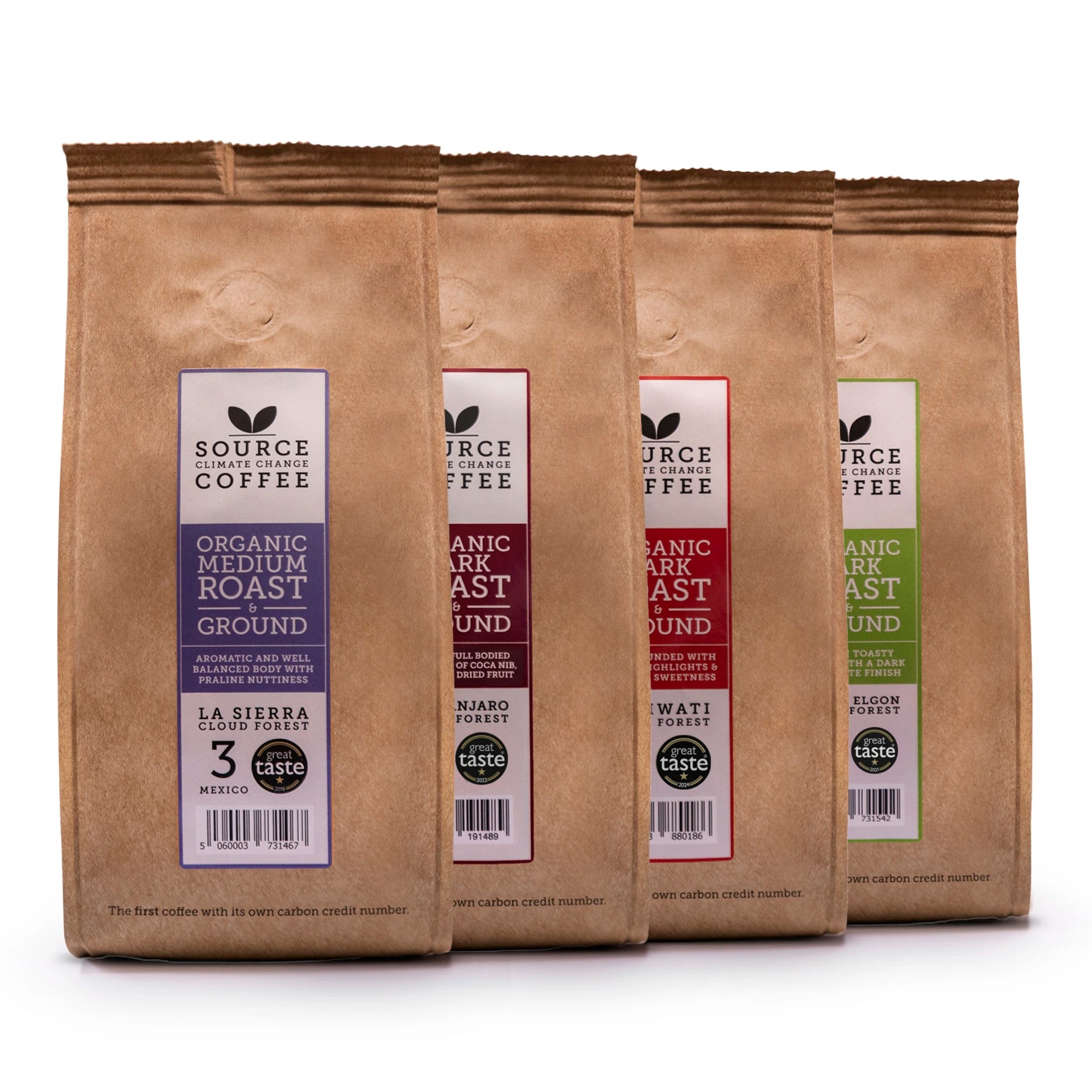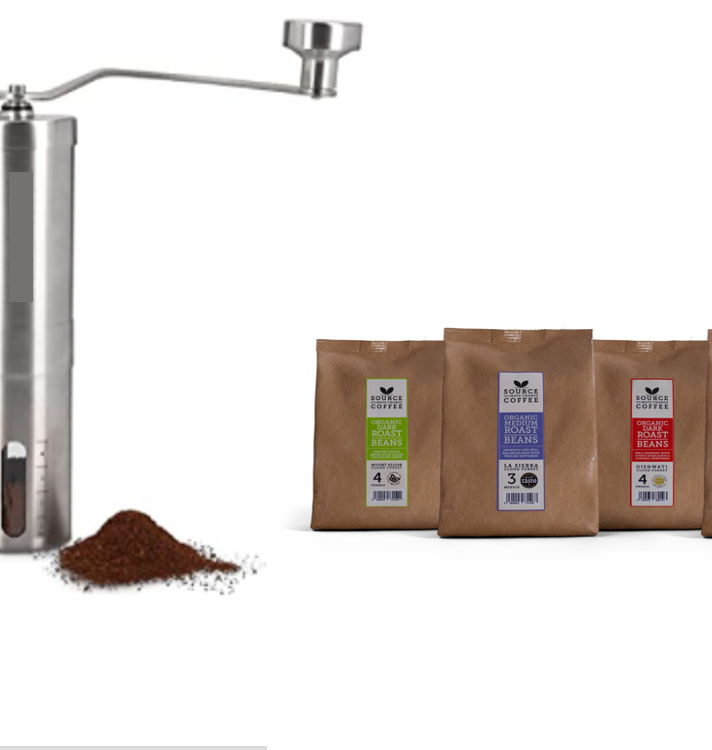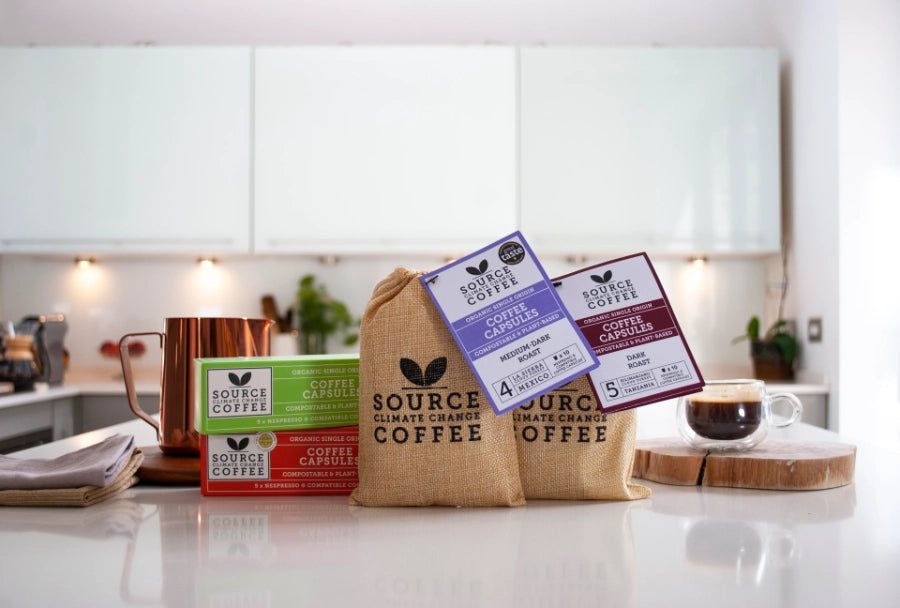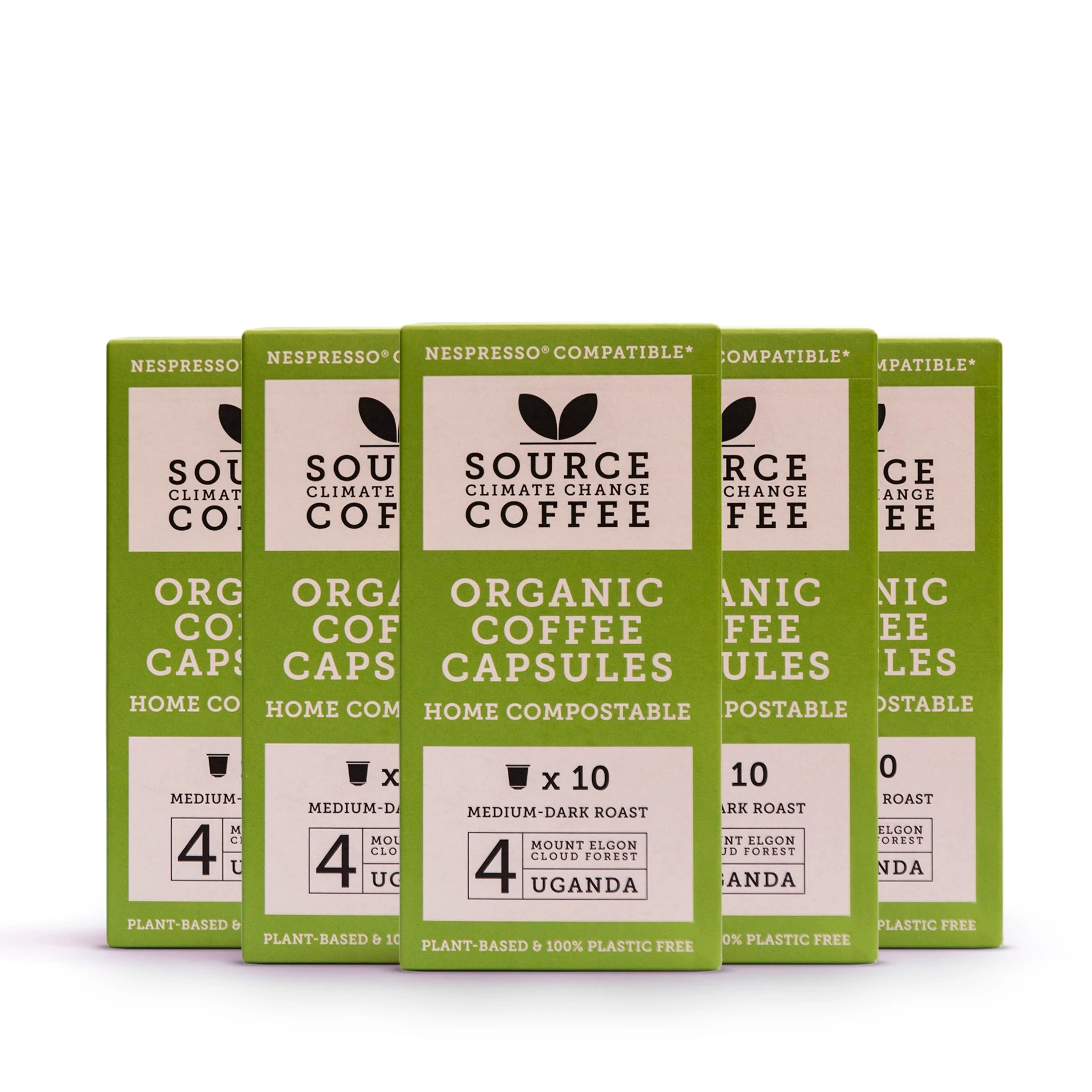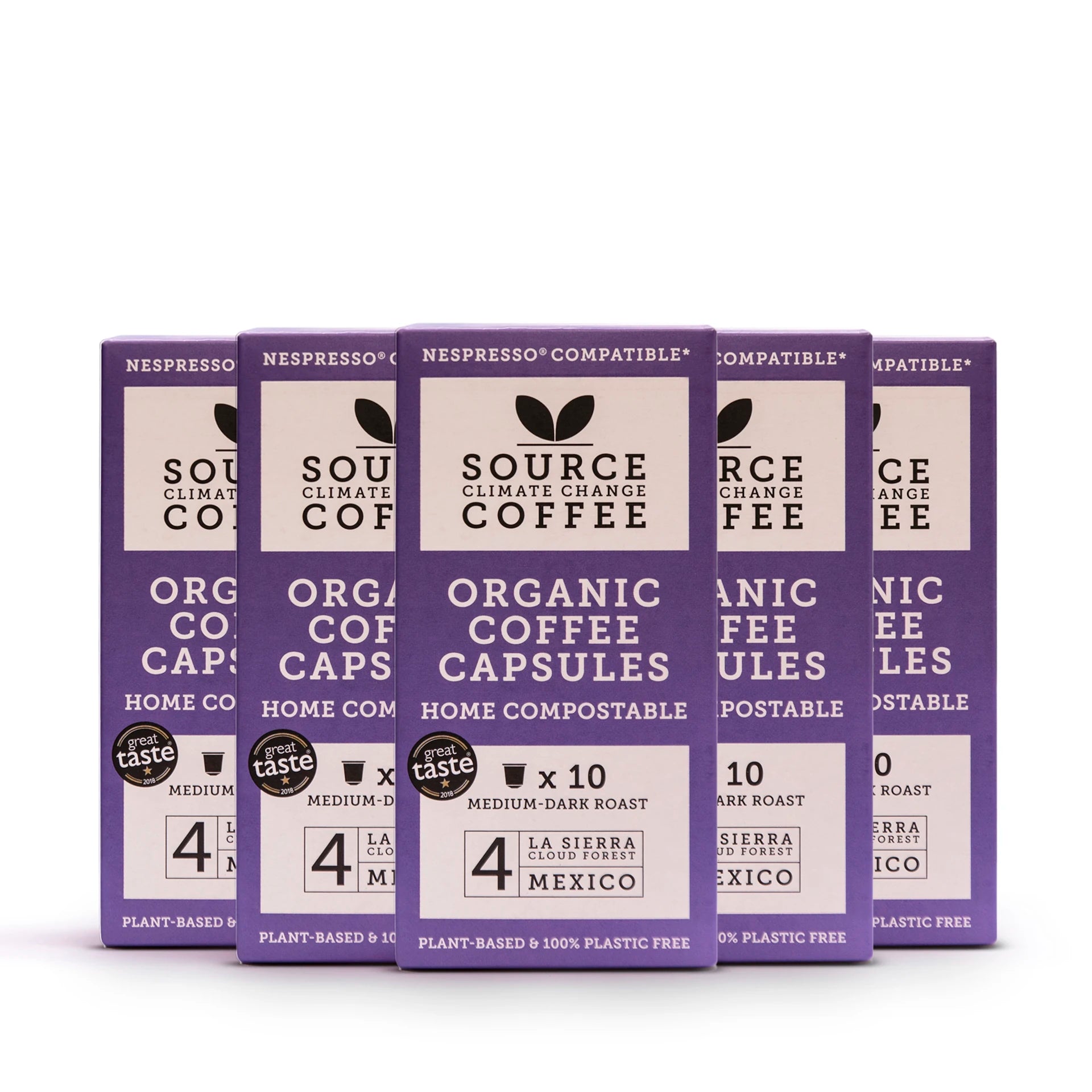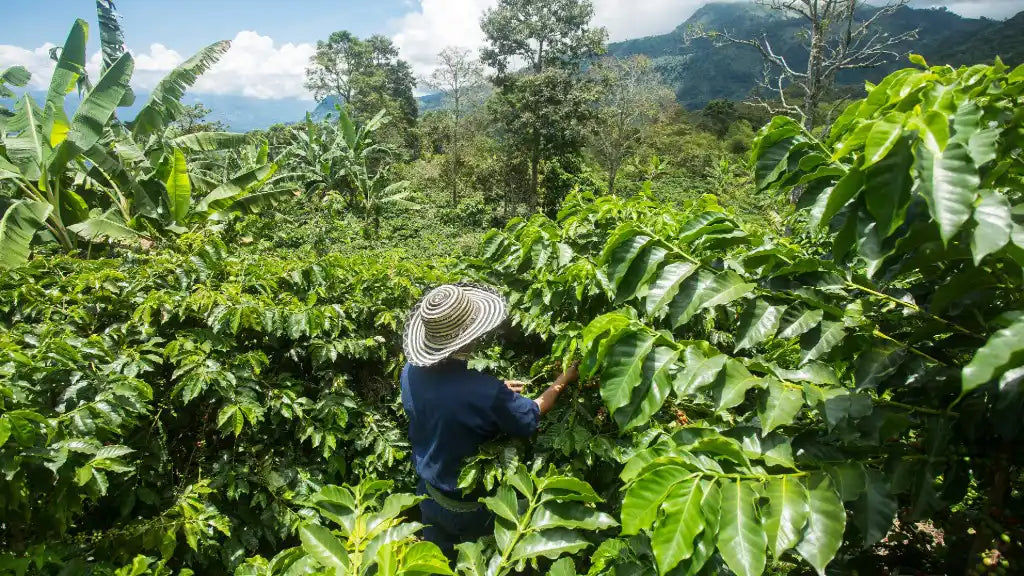
How regenerative farming helps coffee growers

Regenerative farming is a current buzz-word but many of the practices used in regenerative farming are ancient. Regenerative farming helps coffee growers to increase yields and reduce costs. It helps them to mitigate the effects of climate change and provide stable income in volatile markets. That’s why we are passionate about empowering our coffee growers with knowledge through our program partners.
What is regenerative farming?
Regenerative farming works with nature to restore soil, water and biodiversity (NFU). It is based on five key principles; reducing soil disturbance, broadening crop rotation, integrating livestock, increasing biodiversity and using cover crops.
In many of the coffee growing countries we work with, subsistence farmers naturally use regenerative practices as they till manually, grow a range of crops, leave their livestock to wander, and leave established trees in place for shade. They also develop organic manure to feed their plants.
That changes with intensive farming. As more mechanical tools become available like chain saws and tractors, the farmer is tempted to clear more land, work the soil, plant a main crop, and keep animals away ‘to increase the yield’ and earn more.
In fact, the exact opposite is true. Intensively farmed soils perform poorly. They require fertilisers which are expensive and detrimental to the soil, the wildlife, and the water systems. They leave farmers vulnerable to climate change and market volatility. Regenerative farming can increase yields, lower costs and these translate into long-term supply stability (Rainforest Alliance).
Our partners in Africa and South America teach coffee farmers regenerative farming practices. They show them how to integrate modern farming practices with natural and beneficial practices like planting shade trees to provide cover for coffee plants.
Climate change is heating up our world. By retaining mature trees instead of clearing them and planting new shade trees, coffee farmers increase carbon retention. Mature trees reduce temperatures. They block sunlight from reaching the ground and making it hotter. And they absorb water through their roots and release it as vapour.
Research has consistently shown that shade can reduce physiological equivalent temperature (PET) in people by between 7-15°C depending on local conditions (Technical University of Munich & University of Hull (PDF)). Given that coffee thrives in cooler temperatures - between 15-24ºC for Arabica coffee, shade is beneficial (Coffee & Health).
Climate change is also putting plants under water stress. In countries like Tanzania, Uganda and Rwanda rainfall is becoming less predictable and more erratic with intense extremes. Since the 1960s Tanzania has recorded declining rainfall. Areas in Uganda and Rwanda have seen destructive flash floods.
Regeneratively planting trees increases water retention in the soils and prevents soil erosion from flash floods. As coffee needs between 1,500 to 3,000 mm of rainfall a year, water retention is important. Pooled water following flooding brings fungal growth and disease. Trees reduce the effects of flooding by firstly intercepting the rain as it falls, promoting soil infiltration, and lastly using the water.
Regenerative farming practices have many benefits for coffee farmers. They mitigate the risk of climate change and market volatility. They can increase the yields and reduce the costs for the farmer by eliminating purchase of fertilisers. We encourage farmers to practice regenerative farming techniques through our program partners and we see the evidence in the results they reap.
